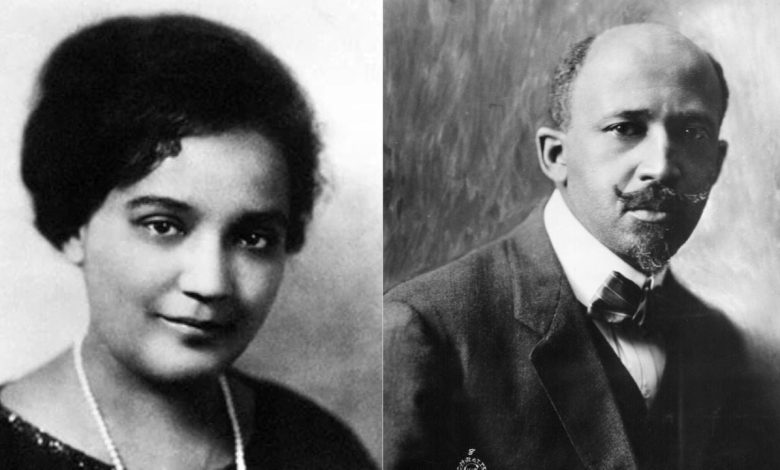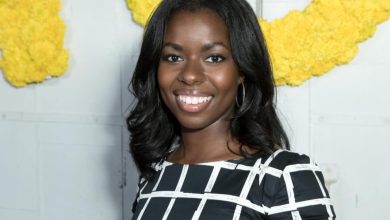If this love affair didn’t happen, the Harlem Renaissance may not have ever occurred

Imagine stepping into 1920s Harlem — the streets bursting at the seams with the vibrant energy of Black brilliance set to a boisterous jazzy soundtrack provided by legends like Duke Ellington and Louis Armstrong. Nightclubs like the Cotton Club or the Savoy Ballroom are venues for Black creativity, joy, and fashion at its finest. Among the folks hustling and bustling are greats like Langston Hughes and Zora Neal Hurston, caught somewhere between integral literary figures and just folks trying to make it to the next day, blissfully unaware of how impactful their words and stories will become.
This is the world to which the new novel “Harlem Rhapsody” (Penguin Random House), the first solo work of historical fiction by celebrated author Victoria Christopher Murray, transports its readers.
The book, out Tuesday, is a fictionalization of the lives of many of the Harlem Renaissance’s key figures, including Hughes, Countee Cullen, W.E.B. Du Bois, and the woman credited as the whole movement’s “midwife” Jessie Fauset.
“She was the person who ignited the Harlem Renaissance,” Murray told theGrio during an interview ahead of the book’s release, adding that when she discovered this about Fauset, it was “crazy” to her as a fellow writer.
“Of course, I know Langston Hughes, of course, I know Countee Cullen, of course I know Gwendolyn Bennett,” she continued. “But I didn’t know the woman who discovered all of them. Who edited them, mentored them, and published them before anyone else.”

Murray’s book brings Fauset out of obscurity and thrusts her into the spotlight as the main character of her own story.
Fauset, born to a minister father, grew up in New Jersey and Philadelphia. After her mother died, her father remarried a Jewish woman who had a huge hand in raising and educating her. She did extremely well in school and eventually became one of the first Black women to graduate from Cornell University.
She and her stepmother were extremely close, so close, in fact, that when she, by the invitation of Du Bois, picked up and moved to Harlem, her stepmother came with her. Once in Harlem, the writer and editor began working with Du Bois on The Crisis, the official magazine of the NAACP, which he founded. Fauset didn’t just discover writers who have since become synonymous with the Harlem Renaissance; she was also one of them.
“It’s not only that she discovered these people, but she helped them mature into the [writers and young adults] they became, all at the same time, trying to discover herself,” Murray explained. “She knew she wanted to be a writer, too, and she was the most prolific writer during the Harlem Renaissance because she wrote four novels. I don’t think anybody else came close to that, and she wrote in every issue of The Crisis magazine, every single one.”
But, Murray said, if Fauset and Du Bois hadn’t been maintaining a rumored secret love affair, the entire legacy, including the Harlem Renaissance, may not have occurred. She was in the city “at his behest,” after all, Murray pointed out.
Despite Du Bois having been married to Nina Gomer and later Shirely Graham, evidence of their relationship exists in history in the way of, well, writing, of course. Murray said they have found letters between the star-crossed lovers that suggest there was something very serious and romantic going on, including one in which Du Bois describes watching Fauset through a window at night and yearning to go inside.
“Somebody could ask, would we have had the Harlem Renaissance without their affair?”
While Murray introduces this theory in the pages of “Harlem Rhapsody,” she says she did her best to keep the depiction of their affair “respectful.” Given how integral Du Bois is and how celebrated this era in time is, Murray didn’t want to slander anyone by shining a light on this aspect of their story. For Murray, it was evidence of just how human they really were.
“Jesse and W.E.B. Du Bois were extraordinary people,” she said. “But one of the things that their affair reveals is that they were ordinary too and that ordinary people can do extraordinary things.”






